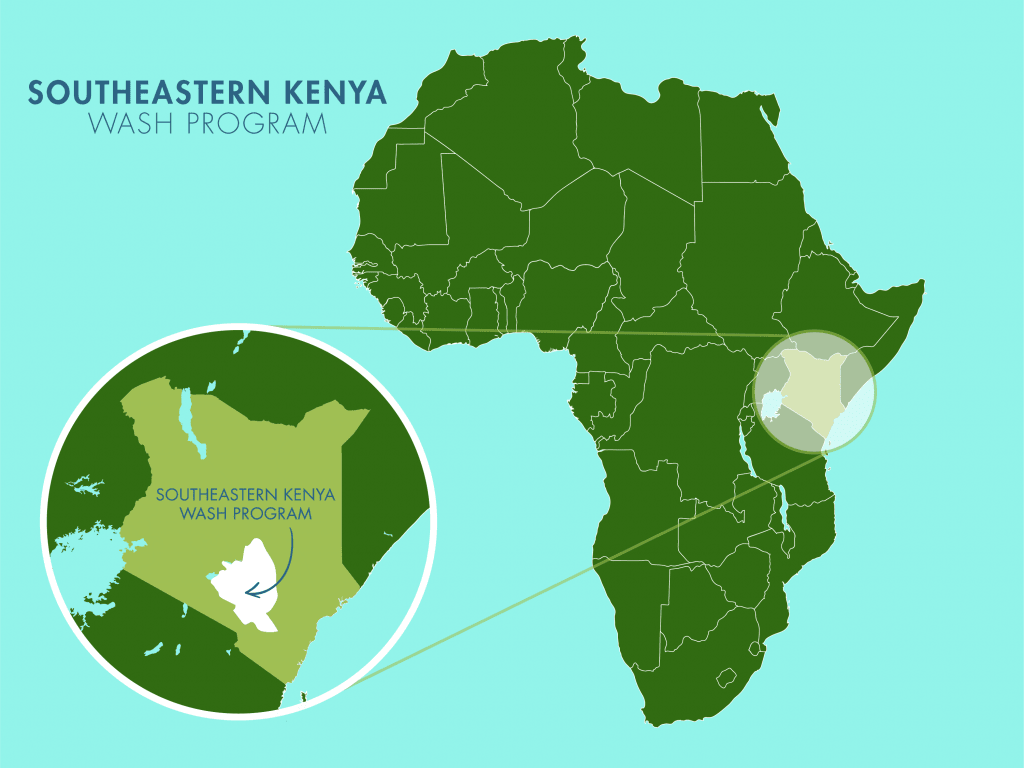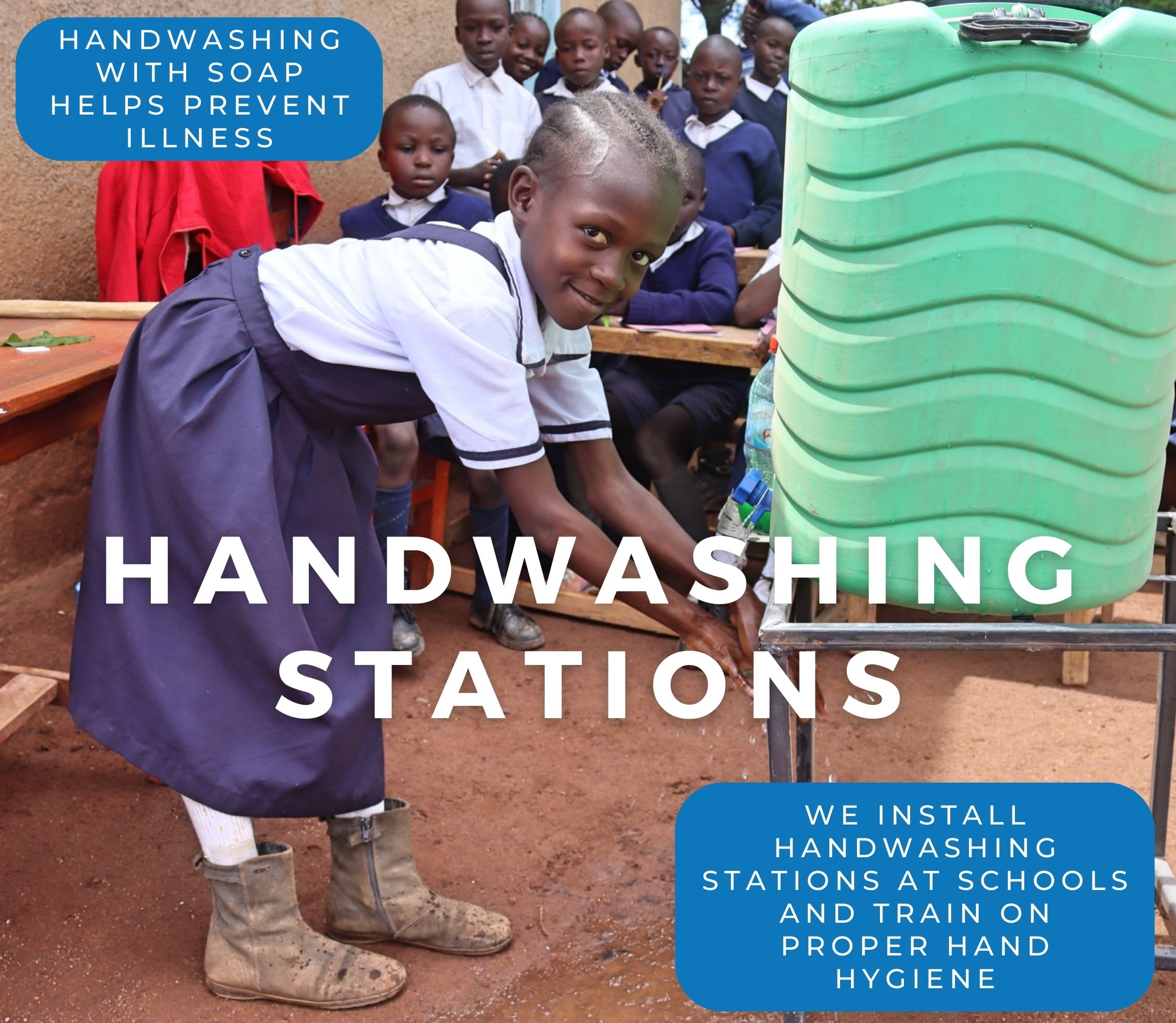In the dry and dusty landscape of Kitui County, Kenya, lies Migwani Boys Secondary School, a boarding institution that has weathered the challenges of water scarcity for years. Founded in 1970, the school has grown steadily over time, reaching 450 students and 42 staff members. However, its progress has always been overshadowed by one recurring obstacle: the lack of reliable, safe water.

The students depend mainly on rainwater collection tanks, which often run dry due to the area’s arid climate. When the rains fail, the school is forced to buy water from vendors at high cost. These deliveries, sometimes drawn from unprotected wells or scoop holes, are both expensive and unreliable.
For many students, this water crisis shapes their daily routines and academic life.
Sixteen-year-old Brian understands this struggle better than most. A bright and determined student, he dreams of becoming a doctor — but the daily battle for water weighs heavily on him and his family.
“Paying extra fees for water adds pressure to my family. My parents already work very hard to pay my school fees, buy books, and support my siblings. When water costs are added to the fees, it becomes an even bigger burden. Sometimes, I feel guilty because I know it’s not easy for them. It makes me worry that they might struggle to keep me in school," shared Brian.

Like many of his classmates, Brian experiences firsthand how the school’s limited water supply affects learning.
“There isn’t enough water at school because we only rely on plastic tanks that can’t store enough, and it doesn’t rain much here in Migwani. During drought seasons, they dry up quickly. This makes me feel frustrated and sometimes hopeless because water is something we need every day—to drink, to clean, and to stay healthy. It's sad to know that even in school, a place meant for learning, we still have to struggle for water," he said.
When the tanks run empty, students spend long hours queuing or walking to fetch water, sacrificing time that could be spent studying or resting.
Brian explains, “When we go to fetch water and queue for long [times], it eats into our study time. Sometimes I miss lessons or come back too tired to concentrate. During exams, it becomes worse because I feel stressed and unprepared. Instead of focusing on revision, I’m worried about whether we’ll have water in the dorms or dining hall. It’s hard to perform well under those conditions.”
Despite these challenges, Brian holds on to his ambition. He said, “I want to become a doctor. I’ve always dreamed of helping people who are sick, especially in rural areas like mine. I know it’s a long journey, and I need to work hard in school to achieve it. But with the current water struggles, it’s sometimes hard to stay focused. I believe that if we had reliable water in school, I would be in a better position to chase my dream without so many distractions.”

Fetching water is not only exhausting, but it’s also emotionally draining.
Brian shares, “Honestly, I feel very tired and sometimes upset. The queues are long, and everyone is scrambling to get just a few liters. It’s chaotic, and sometimes students fight or get into arguments because [the] water is so limited. It’s discouraging, especially knowing that we’re here to study and not to spend our time struggling for basic things like water. I just wish we could have a steady source so we can concentrate on our education and goals.”
Migwani Boys Secondary’s story reflects the broader reality faced by many schools in Kenya’s semi-arid regions — institutions striving for excellence amid the constant challenge of water scarcity. For students like Brian, access to clean and reliable water means more than convenience; it represents hope, health, and a chance to learn without fear or exhaustion.
The proposed 104,000-liter rainwater tank aims to transform that hope into reality. With it, the school will have a sustainable source of clean water to support its students, teachers, and daily operations, ensuring that young dreamers like Brian can focus on building a brighter future, rather than on fetching water.
Steps Toward a Solution
Schools without reliable, on-premises water access often rely on students to fetch and carry water, leading to rationing and uncertainty about water quality. The water is typically poured into a communal storage tank and used by the entire school. With children carrying water from all different sources, it is also impossible for teachers and staff to know exactly where the water comes from and how safe it is to drink.
A new water point will be located on-premises at the school to ensure accessibility, reliability, and safety for students, teachers, and staff while meeting our school coverage goals. Having water available at the school allows children to drink, wash hands, and use sanitation facilities without leaving school grounds, preventing disruptions to lessons and reducing safety risks. A dedicated source increases water availability, reduces reliance on stored water, minimizes rationing, and ensures confidence in the safety of the water. This means staff and students are healthier, and their lessons aren’t disrupted, contributing to a better education!
Our technical experts worked with the school leadership and the local community to identify the most effective solution to their water crisis. Together, they decided to construct a rainwater harvesting system.
Rainwater Harvesting System
A rainwater collection system consists of gutters that channel rainwater effectively into large holding tanks. Attached to buildings with clean, suitable roofing, these systems are sized according to the population and rainfall patterns. Water can be stored for months, allowing for easy treatment and access. Learn more
Handwashing Stations
Alongside each water source, we install two gravity-fed handwashing stations, enabling everyone at the school to wash their hands. Handwashing is crucial for preventing water-related illnesses within the school and community. Student “health clubs” maintain the stations, fill them with water, and supply them with soap, which we often teach them how to make.
School Education & Ownership
Hygiene and sanitation training are integral to our water projects. Training is tailored to each school's specific needs and includes key topics such as proper water handling, improved hygiene practices, disease transmission prevention, and care of the new water point.
To ensure a lasting impact, we support forming a student health club composed of elected student representatives and a teacher. These clubs promote hygiene practices schoolwide and keep handwashing stations well-stocked. This student-led model encourages a sense of ownership and responsibility.
Safe water and improved hygiene habits foster a healthier future for the entire school.

 Rainwater Catchment
Rainwater Catchment
 Rehabilitation Project
Rehabilitation Project


















